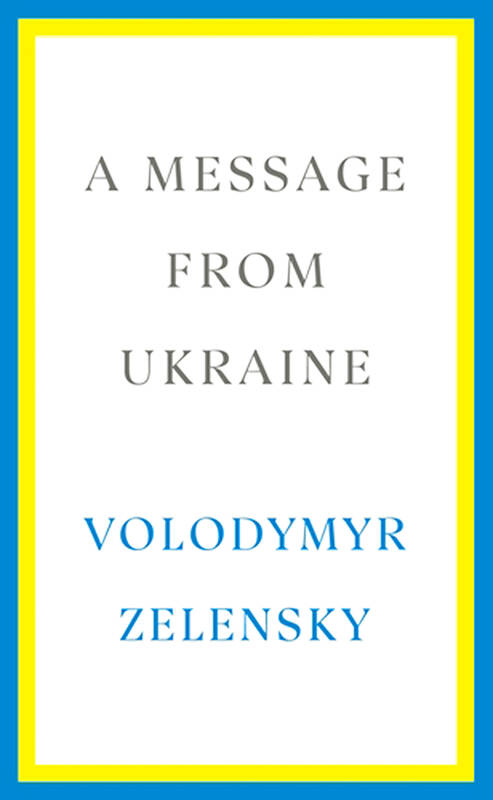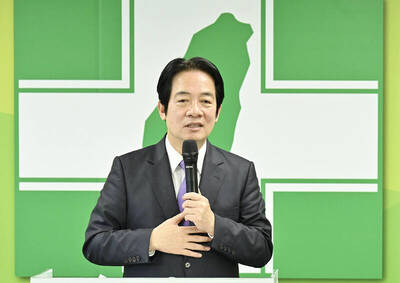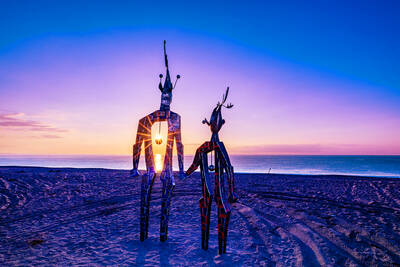“One day,” Volodymyr Zelenskiy told the UN general assembly in September 2019, “I would like this speech to be known as the 15 minutes that changed the world.”
It’s quite a standard to set. You can’t say that if you are on just after lunch at the Investors’ Chronicle conference on pension reform. But this is war and war changes what rhetoric can do. Hopes of a better world are elevated from platitudes. In this short and compelling collection, Zelenskiy is the first social media orator to enter the pantheon of war speakers.
Ukraine’s president travels the world by video link and flatters every audience he addresses. He always opens in the local idiom. When he speaks to the UK parliament in March, he borrows locutions from Churchill. He takes a line from the Declaration of Independence to remind the US Congress of the importance of the pursuit of happiness. To the Bundestag he refers to the Nord Stream pipeline as the new Berlin Wall.

Like the veteran of television scripts that he is, Zelenskiy knows the power of a story. The career of Vasyl Slipak, a soloist at the Paris Opera, cut short while he was fighting to defend Donbas, is a parable for the wider struggle. He also has the gift of speaking in pictures.
“The most terrible steel,” he says on Ukrainian Independence Day, “is not within missiles, aircrafts and tanks but in shackles.”
And neither will I soon forget the earrings ripped from Ukrainian women as a prelude to their being strangled.
Churchill crops up a few times in these pages and the sense of being close to him must be part of what drew Boris Johnson to Zelenskiy. There are, though, less obvious but more apt comparisons. The Ukrainian leader is, as Arkady Ostrovsky notes in his excellent preface, “an ordinary man thrust into extraordinary circumstances.”
So he is, but what gold he makes of the predicament.
“We are not heroes,” says Zelenskiy. “We do our job and we are where we are.”
There is more than a hint here of the line Shakespeare gives to Antony in Julius Caesar — “I am no orator, as Brutus is,” which is about as oratorical as it comes.
It also calls to mind Elizabeth I at Tilbury. She too faced the accusation that she was unworthy, in her case because the navy thought it absurd that a woman should be their commander.
“I may have the weak and feeble body of a woman,” she responded, “but I have the heart and stomach of a king.”
But none of these skills would be worth employing if they were lavished on trivial material. Zelenskiy, sad to say, has material that people have to die for. The contents page of this volume is a catalog of rhetorical categories. Our Fight, Our Voice, Our Nation. All conflicts are simultaneously wars of communication and Zelenskiy tells the hard truths that war like no other circumstance permits. When he travels abroad, or at least when his virtual avatar does by video link, he is quite prepared to talk straight. At the Munich security conference in February, for example, he is unsparing about the foreign policy failures of the EU. At home, Zelenskiy recalls Churchill in 1940, reporting the facts to the people, candidly but with determination intact.
Yet the leader who springs to mind most often in this collection is another creative man who was thrust, somewhat unwillingly, into the public realm. On New Year’s Day 1990, Vaclav Havel gave the ceremonial address in Prague as the first post-communist president of Czechoslovakia. Havel had spent most of his adult life in prison.
In 1982, Samuel Beckett had even dedicated a play to him called Catastrophe. We have lived until now, Havel told his people, “in a contaminated moral environment.” Zelenskiy has the same impeccable moral clarity on every page, because he believes he is fighting a new version of the same fight.
Which is another way of saying that the fight, in war rhetoric, is always for more than victory. The trick of the war speech, which begins with Pericles celebrating the glory of the city of Athens in the Peloponnesian war, is to elevate the purpose of the conflict. This must be a war not merely for survival but for betterment. Lloyd George’s speeches during the great war try to pull this trick, as do Churchill’s 25 years later.
Zelenskiy regularly seeks to elevate this conflict from a territorial dispute into a fight for a moral idea of Europe.
“Europe is here in the mind,” he tells the Ukrainian parliament in May 2019. “What is happening in my country is no longer somebody else’s war,” he informs the UN general assembly in September of that year. “This is the beginning of a war against Europe,” he says in an address to the people of Europe from Kyiv in February.
The sense of moral purpose increases as the speeches unfold because the underlying strategic objective changes. When he speaks to the Ukrainian parliament in May 2019, Zelenskiy’s aim is to finish the war through dialogue. By the time of his Independence Day speech in August, the ambition is greater: victory rather than peace.
The substantive question raised by these speeches is, of course, whether Zelenskiy is right. He claims that “a bloody reconstruction of nazism has taken place in Ukraine.” At the Holocaust Memorial Museum in Washington DC, he tells the tales of four brothers, three of whom were shot by the Germans. The last man standing was his grandfather. It’s powerful, persuasive and irresistible – but is Putin really as bad as Hitler? It’s a reminder, if we needed it, that rhetoric always needs watching.
And yet in the end I yield to the words of the man who was once the voice of Paddington Bear and who is now the tribune of freedom. John Adams once said that the American nation was talked into being. Zelenskiy is the voice of Ukraine and, as he might say himself, our voice too.

May 11 to May 18 The original Taichung Railway Station was long thought to have been completely razed. Opening on May 15, 1905, the one-story wooden structure soon outgrew its purpose and was replaced in 1917 by a grandiose, Western-style station. During construction on the third-generation station in 2017, workers discovered the service pit for the original station’s locomotive depot. A year later, a small wooden building on site was determined by historians to be the first stationmaster’s office, built around 1908. With these findings, the Taichung Railway Station Cultural Park now boasts that it has

The latest Formosa poll released at the end of last month shows confidence in President William Lai (賴清德) plunged 8.1 percent, while satisfaction with the Lai administration fared worse with a drop of 8.5 percent. Those lacking confidence in Lai jumped by 6 percent and dissatisfaction in his administration spiked up 6.7 percent. Confidence in Lai is still strong at 48.6 percent, compared to 43 percent lacking confidence — but this is his worst result overall since he took office. For the first time, dissatisfaction with his administration surpassed satisfaction, 47.3 to 47.1 percent. Though statistically a tie, for most

In February of this year the Taipei Times reported on the visit of Lienchiang County Commissioner Wang Chung-ming (王忠銘) of the Chinese Nationalist Party (KMT) and a delegation to a lantern festival in Fuzhou’s Mawei District in Fujian Province. “Today, Mawei and Matsu jointly marked the lantern festival,” Wang was quoted as saying, adding that both sides “being of one people,” is a cause for joy. Wang was passing around a common claim of officials of the People’s Republic of China (PRC) and the PRC’s allies and supporters in Taiwan — KMT and the Taiwan People’s Party — and elsewhere: Taiwan and

Six weeks before I embarked on a research mission in Kyoto, I was sitting alone at a bar counter in Melbourne. Next to me, a woman was bragging loudly to a friend: She, too, was heading to Kyoto, I quickly discerned. Except her trip was in four months. And she’d just pulled an all-nighter booking restaurant reservations. As I snooped on the conversation, I broke out in a sweat, panicking because I’d yet to secure a single table. Then I remembered: Eating well in Japan is absolutely not something to lose sleep over. It’s true that the best-known institutions book up faster